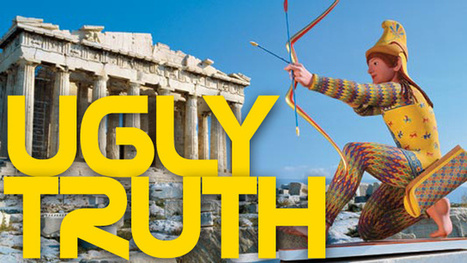EVENTUALLY every long-running drama, from “Downton Abbey” to “Dr Who”, feels formulaic. So it is with Greece’s debt saga. For...
Research and publish the best content.
Get Started for FREE
Sign up with Facebook Sign up with X
I don't have a Facebook or a X account
Already have an account: Login
 Your new post is loading... Your new post is loading...
 Your new post is loading... Your new post is loading...
Jose Reyes's curator insight,
September 29, 2013 1:24 PM
This new technology could reveal the true colors of statues,and make you belive how wiered the bright colors looked on statues |

Christine Barron's curator insight,
January 31, 2014 3:24 PM
They were surprised to find advanced cvilization at the major tourist attraction Crete. There was an analysis of the skeletons' DNA that was found in a cave. |












